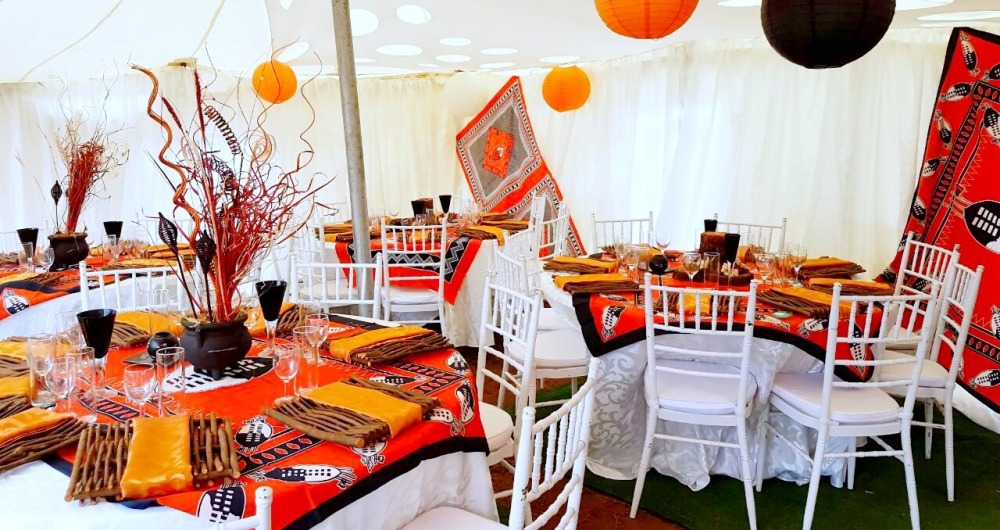For years lobola payment gatherings have been a cacophony of anxiety, tension, drama, joy and, obviously, feasting. These days it is trendy for the groom and his companions to turn up donning African attire as it is not about the money only, but some fashion sense. In fact, the ceremony has turned into a big style affair to the extent that some would think it’s a wedding.
The primary purpose of lobola is to build relations between the respective families, as marriage is seen to be more than just a union between two individuals. The relationship is seen as life-long and in some cases, even after the death of the groom
Back in the day, the real deal was always going to be the white wedding after lobola and everyone reserved their best for the showcase but things have changed.
With changing trends, many young men were now showing up in their dropped jeans and other fashionable get ups which the in-laws may have privately shuddered at.
But the African renaissance has once again hit the local scene and turned the traditional lobola ceremony into big day in its own right.
The lobola ceremony has come into its own, as everyone vies to have the most talked about day, just like for the white wedding.
Forget about the cash, cows, groceries and the fashion statements, décor at lobola ceremonies is now topping the list.
At urban ceremonies, decorations of rural set up are now common. They do the decors using dry grass, sunflowers, clay-pots, “zambias” and to some extent cow models.
It is scenery that would look like music video shoot or an exhibition.
The décor trends are often used to show the beliefs and creative ideas of the bride’s family.
At some functions that do not go traditional, it is all about the tents, proper delicacy menu served, flower arrangement and banner set up.
Lobola is the bride price traditionally paid with cattle in the African cultures and has over the years increased to exorbitant amounts.
Pauline Mapisa, of Wedding Gallery, a décor expert by profession said decor is not just a thoughtful colour scheme and carefully arranged flowers; it creates and sets the stage for any event.
She said that it creates a magical, elegant, enchanting atmosphere.
“We do wedding and party décor but now the trend of lobola décor is becoming popular in Zimbabwe. I am much surprised now that we are getting more clients who want lobola décor and at the same time, I also agree that the mood set with décor determines what happens next,” she said.
She said nowadays lobola decorations are considered as one of the most noticeable attractions of the day.
“These decorations are important because they set the atmosphere of the ceremony. They accentuate the house where everything is taking place.They are a matter of choice and therefore the person can also decide the quality of decoration,” she said.
The 26-year-old décor expert said that the price for the lobola décor is from USD500 upwards.
“In our culture, we just depict the exact frame of society. When we do the lobola ceremony, yes we also do the goat, cattle and cash price aspect but when it comes to decor everyone who is attending the ceremony should adhere to our concept from dressing to set up.
“I have seen that people are not educated about our culture and are practising something totally unknown to us.
“Although the lobola ceremony is not a ‘money-making scheme’ as young couples end up in debt after marriage, we should stick to our culture heritage,” explained Makhumalo Jopheso, a retailer based in Zimbabwe.

